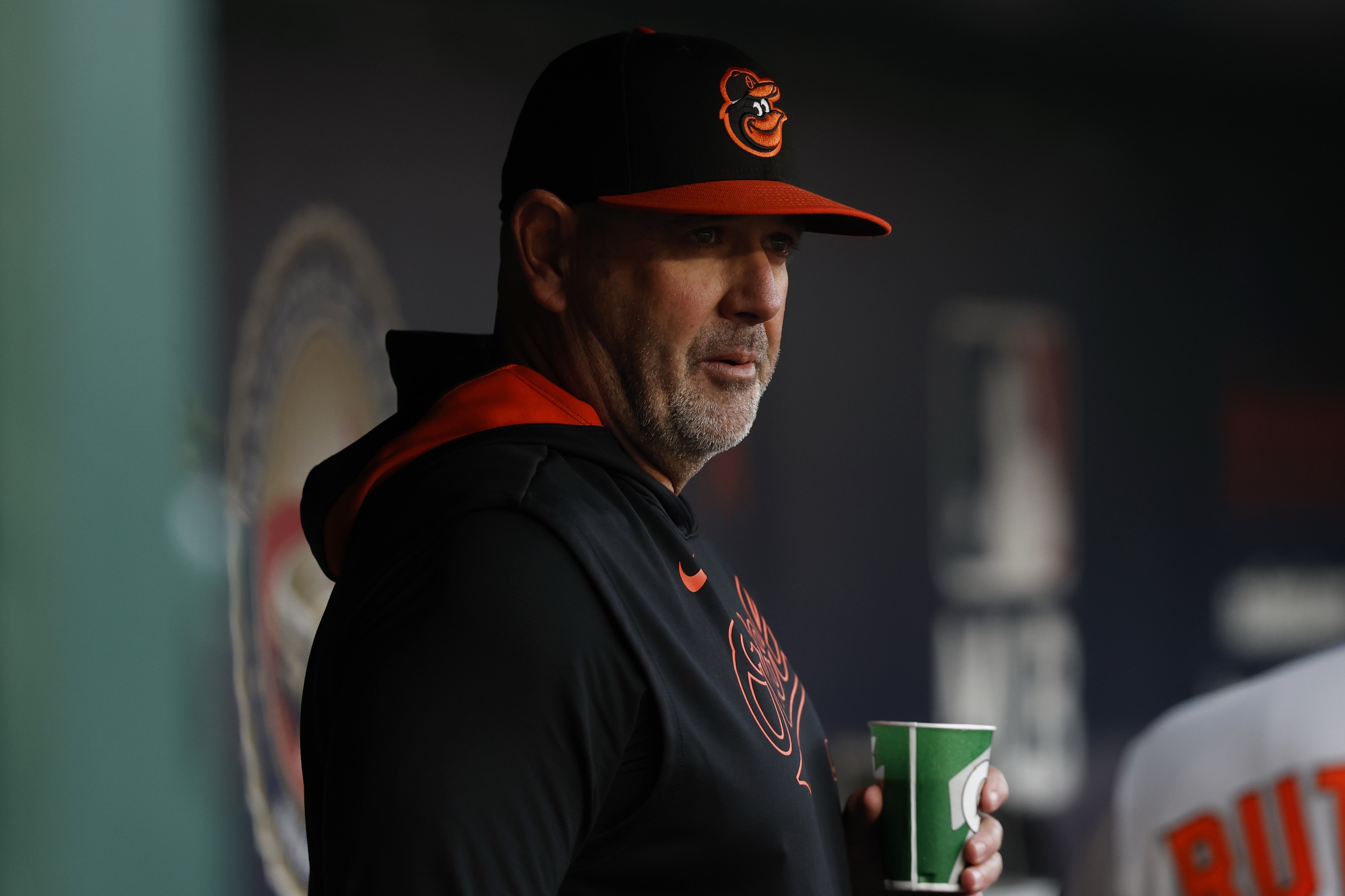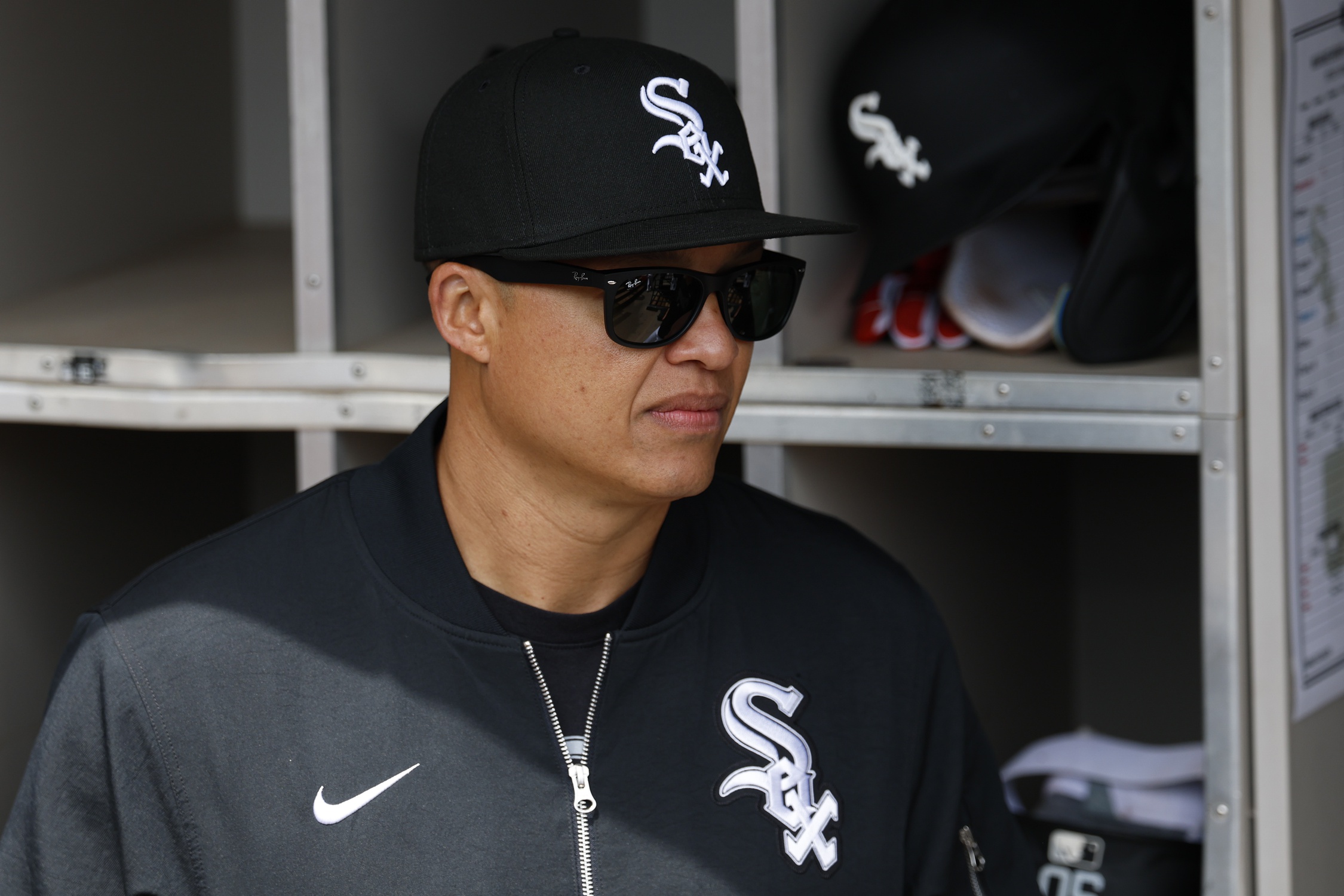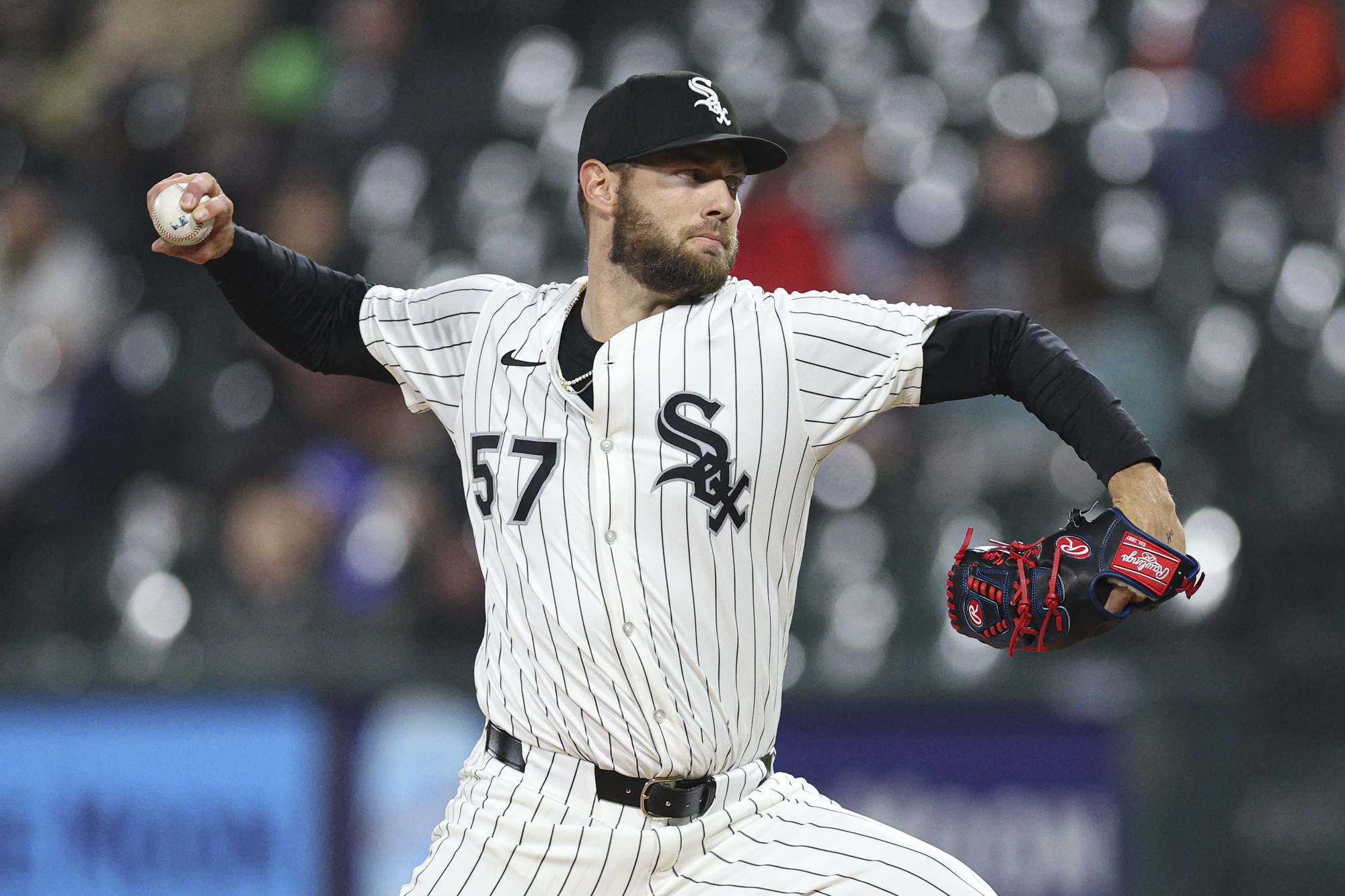After being largely out of the public eye since the White Sox fired him and Kenny Williams in a front office overhaul in August 2023, Rick Hahn resurfaced on MLB Network last week for an interview with Brian Kenny, ostensibly about what went wrong.
It doesn't quite connect on that front. For one, Hahn still won't concede that Jerry Reinsdorf hired Tony La Russa against his wishes, despite Brian Kenny trying to assert it multiple times. Just like the first time, Hahn drops into passive voice about it.
Kenny: When you were GM, did you have unilateral power? Was it still a collaborative effort?
Hahn: It was collaborative. It was collaborative, certainly on the major decisions. You mentioned the managerial hire, and as we talked about at the time, that was Jerry, Kenny [Williams] and me having numerous conversations and debates about it, and ultimately the decision being made that Tony was the guy.
Kenny: Mm-hmm. And that wasn't your decision, then.
Hahn: It wasn't unilaterally my decision. It was a consensus opinion at the time.
There's also the matter that brevity isn't the soul of Hahn's wit. Between his tendency to filibuster, as well as the fact that Hahn was half of a front office duo that endured for more than 20 years, a lot of his explanations reach back further than Brian Kenny intended to go. The length of the answers prompted the host, with fewer than 90 seconds left in a segment that clocks in just about six minutes, to cut Hahn short with, "I want to get to this, because we're running out of time."
They hadn't yet broached the matter at hand: the unraveling of the second White Sox rebuild. They never really got there in any meaningful detail, either. But if Hahn's answer about La Russa was any indication, his perspective probably wouldn't have changed with time, leaving our own experiences as the most valuable resource.
If Hahn could ever tighten up his answers in a more TV-friendly fashion, he could stand as a subject matter expert for the news of the day, which is the unraveling of the Baltimore Orioles.
The Orioles fired manager Brandon Hyde on Saturday, then followed it up with two more losses to extend their losing streak to six games. They're 15-30, 11½ games out of the AL East, and 9½ games back of the third wild card spot. It's not an impossible hole to climb out of, as the Twins just rocketed out of despair with a 13-game winning streak. But the Orioles already replaced their two hitting coaches after last season -- Ryan Fuller being one -- which was the first sign that things weren't going as planned. Now they've canned their manager, and neither of those moves directly address a pitching staff with the American League's worst ERA, so all eyes are now on GM Mike Elias.
The extent of Baltimore's collapse surprises, but their rotation was a significant question mark even over the winter, when Ken Rosenthal was asking whether Elias had an aversion to long-term deals. Early-season injuries to Grayson Rodriguez -- who went on the injured list twice in 2024 to foreshadow durability concerns this year -- merely accelerated the demise.
With the Orioles running out of changes before the front office becomes the only place to look, the Baltimore Banner's Kyle Goon summed it up in a way that will sound familiar:
Elias has built his brand largely on marginal, risk-averse moves in service of keeping the Orioles’ competitive window open as long as possible — but the downside of that approach was always that windows sometimes slam shut for reasons no executive can control.
Spare Parts
While the White Sox are playing the Rangers in Arlington on Saturday, June 14, Rate Field will host a Catholic Mass in honor of the newly installed Sox Fan Pope. The White Sox will also mark the seat where Pope Leo XIV, then just Robert Francis Prevost, sat during the 2005 World Series with a "graphic installation."
In another example of the weirdness of the pope being from Dolton, here's an architectural assessment of the 1,050-square-foot home that he grew up in as part of a family of five.
The audition of the ABS system during spring training has the league and the union evaluating the next steps, which is understanding the potential of a half-inch margin for error, although the league says the most likely error is 0.17 inches. The league could introduce the idea of the buffer zone, which prevents calls from being overturned if they're a millimeter from being correct, but as most remember with the introduction of instant replay and the idea of losing contact with the bag for the briefest of moments, any switch will face an annoying "Technically Correct: The Best Kind of Correct" transition period.
One of the strange characteristics of the White Sox's first quarter were the lack of save situations, and that indeed stands out from the rest of the league, since the league's save rate is roughly the same as it is every year. When it comes to the strange amount of blowout victories the Sox have notched, that more closely aligns with league trends over the first 40-something games.
- Marcus Semien addresses his 2013 Baseball America scouting report -- FanGraphs
- Lucas Giolito addresses his 2015 FanGraphs scouting report -- FanGraphs
David Laurila has been writing a fun series where he reads a player's scouting report to him, and the players are usually game to confirm, deny, or add interesting context to their histories. Marcus Semien's is a little painful to read in retrospect, since it came in the run-up to the season in which he made his MLB debut for the White Sox. Particularly this part:
“How Semien performs in Double-A in 2013 will shed light as to whether he eventually can become a big league regular or will top out as a utility type.”
“That was my best year in the minors,” Semien said. “I won MVP in the Southern League and got called up to the big leagues the next year. I guess I answered the call.”






